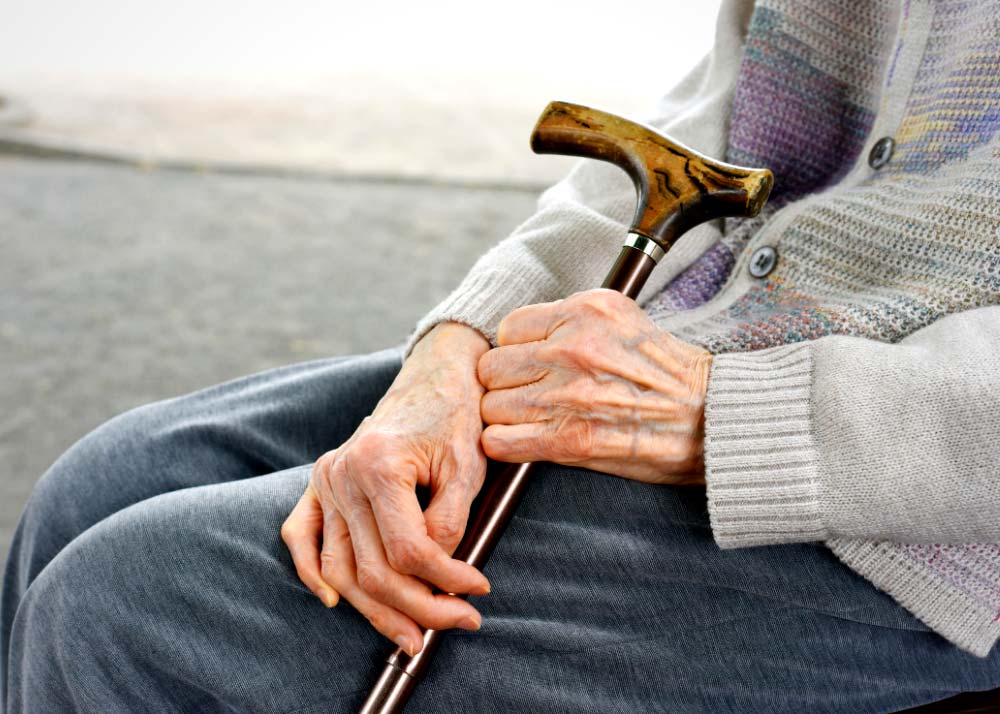Have you made the decision to have a total hip replacement? Wondering if there is anything you could do to prepare for your surgery? Good news. There is!
You have most likely been suffering from hip/groin pain for quite some time before arriving at the decision for surgery. During this time you have likely become less active due to pain, and your muscles will have suffered the consequences, becoming weak and tight.
Evidence has shown that rehabilitation outcomes (including pain level, range of movement, mobility and strength) post-surgery can be accelerated and improved through a prehabilitation programme.
What is Prehabilitation (prehab)?
Prehab refers to starting to prepare for the rehabilitation phase post-surgery, prior to surgery. It aims to optimise the muscle function around your hip joint prior to surgery in order to get a head-start at recovery. If your muscles are weak and tight before you go in for your hip surgery, they will be weaker and tighter post-op. If they are strong and functioning well pre-op, there will be less of a deficit post-op.
Benefits of prehab:
- Stronger muscles pre-op = stronger muscles post-op. Accelerates recovery towards a healthy functioning hip joint and pain free movement.
- Better range of movement pre-op = better chance of improving range of movement post op, improving functional ability of the hip post-op.
- Muscle memory: Muscles remember movements that have been repeated and repeated. Your post-op exercises will be much the same as your prehab exercises and so by practicing these they should come easier following surgery.
So what exercises should I do? When should I start?
A physiotherapist will be able to help guide you through a prehab programme involving exercises to improve range of movement of the hip through muscle lengthening and also strengthening. The following exercises are examples of what you may be given as part of a prehab programme for a total hip replacement. The number of repetitions and sets for each exercise are individually prescribed by your physiotherapist, depending on current level of strength and function.
Heel Slides
Lie on your back. Slide your heel towards your bottom and then slide back out to straighten knee.
Straight Leg raise
Lie on your back. Pull your toes towards you and raise your leg off the bed, keeping your knee straight as shown.
Glute Squeeze
Lie on your back. Squeeze your buttock muscles and hold.
Hip abductions
Standing supported, raise your leg out to the side as far as you can without tipping your torso and return to the ground
Hip Extension
Standing supported. Raise your leg out behind you, maintain a straight knee and without tipping your torso forward. Return to the ground.
If you are considering having a Total Hip Replacement or are currently scheduled for one, why not get ahead on your recovery? Book in to see one of our physiotherapists and we can help to prepare you for your surgery!
References
Wallis, J. and Taylor, N. (2011). Pre-operative interventions (non-surgical and non-pharmacological) for patients with hip or knee osteoarthritis awaiting joint replacement surgery – a systematic review and meta-analysis. Osteoarthritis and Cartilage, 19(12), pp.1381-1395.
Gill, S. and McBurney, H. (2013). Does Exercise Reduce Pain and Improve Physical Function Before Hip or Knee Replacement Surgery? A Systematic Review and Meta-Analysis of Randomized Controlled Trials. Archives of Physical Medicine and Rehabilitation, 94(1), pp.164-176.
Images: Hep2go.com. (2020). HEP2go – Online Home Exercise Program – Rehab – Physical Therapy, Occupational Therapy, Physical therapist, Occupational Therapist, Therapeutic Exercises, HEP. [online] Available at: https://www.hep2go.com/ [Accessed 28 Feb. 2020].








